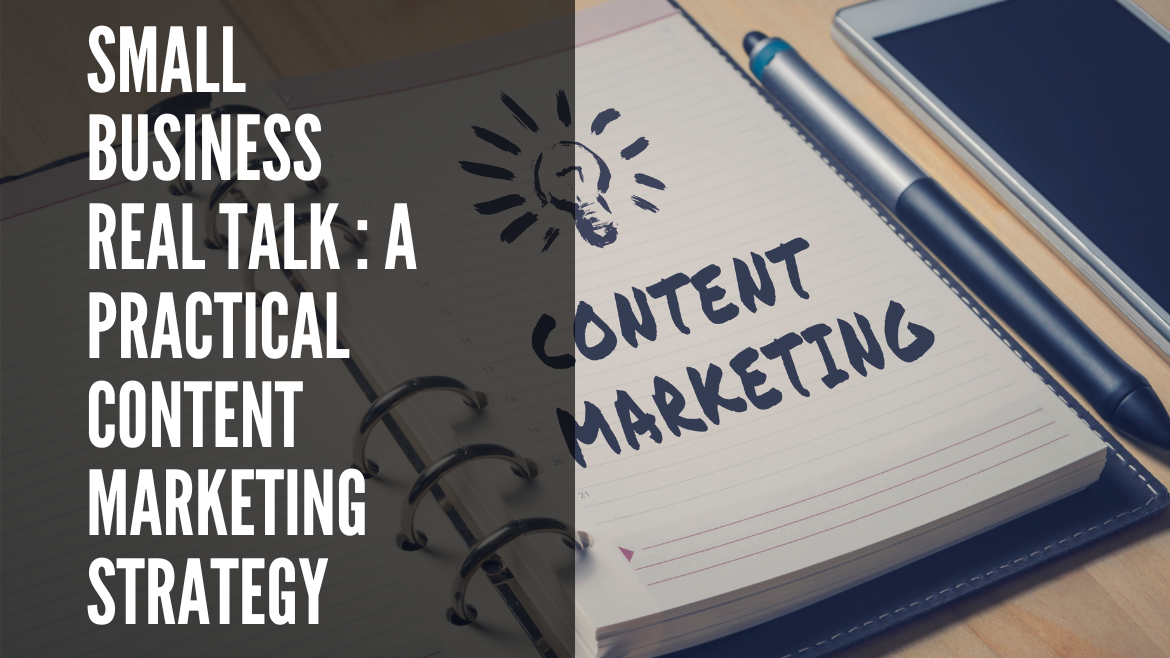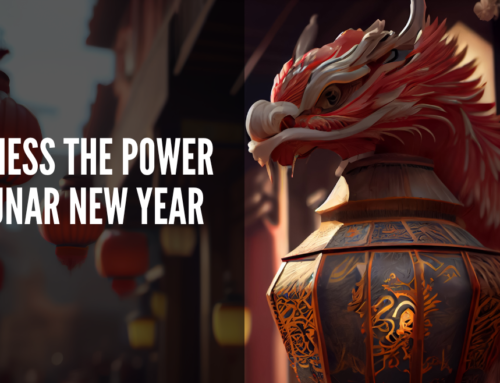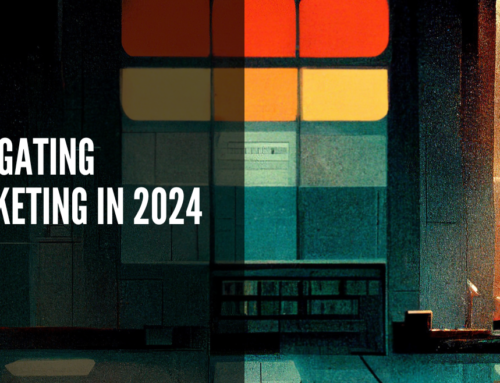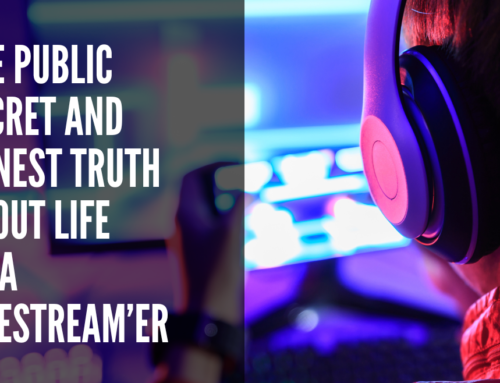Small Business Real Talk: A Practical Content Marketing Strategy
Content is important for marketing purposes. How can we create content to advance our business and individual interests without going nuts?
We create content for many reasons.
Personal branding.
Telling people what we do.
Develop awareness for our products and services.
To influence others.
And one million other reasons.
And so, we hop on an endless content spree. We post on Instagram to showcase our puppy to get dog food sponsorship. We show others how well we can live on a dime on Linkedin.
We tweet our articles because others are doing so.
Gurus believe we need to be consistent in pumping out content. Not just any glazed-over-I-am-good-and-so-can-you kind of content. We must create good content in text, images, audio, long-form, video formats.
Before we know it, we are on our smartphones the entire day creating a digital presence on Facebook, YouTube, Anchorfm, Linkedin, Twitter.
Where is the time to take angry little Fifi for a walk?
This is not a viable strategy for a small business.
Here’s Why
We have a business to run.
Period.
End of story.
Where is the time to find customers if we are creating content all the time? How are we going to develop better products? Improve on customer feedback?
So, no.
We cannot spend our entire day creating content.
We will go nuts.
Yes, content creation may drive business growth. These are reasons driven by business necessity:
- Awareness.
- Brand story.
- Customer testimonials.
- New product release.
Our content strategy must align with business needs and growth. That way, we create a content marketing outbound channel that leads to inbound leads.
We want customers who are willing to give us a try.
We want customers to buy our products and subscribe to our services.
We do not want bots to raid our Direct Messaging because we have 14,000 followers. It makes us their natural targets.
Focus, focus.
Work on what matters and let others fall into place.
Now the How
“Content strategy is the high-level planning, execution, promotion, and on-going management of the content lifecycle to support key business initiatives. Essentially, it’s your brand’s game plan for driving traffic, leads, engagement, sales, and other business outcomes through content. When executed well, content strategy is one of the most important components of your marketing strategy.”
– What is Content Strategy? How to Develop a Content Roadmap
A strategy states the how.
It is an action plan.
When it is done correctly, our content strategy drives organic engagement that leads to sales. The devil is in the execution. Where should we start? And how many channels or platforms should we juggle?
This is my go-to strategy.
I call it competence stacking.
I start off with one platform. I try to master it. I really do mean all aspects of the platform. When I am done, I move on to the next.
That means I may start with Linkedin, conquer it, move to Twitter, conquer it, move to YouTube, so on and so forth.
This is a logical approach. It takes time to learn the characteristics of any platform. Get the results you desire for your personal branding or business needs from one platform before moving on.
This is what I mean:
- Master the outbound channels — Content posts, comments, likes.
- Understanding the inbound channels — Direct messages, inboxes.
- Play around with raw metrics in mind.
- Experiment with different forms of content and message formats to determine the ones that bring leads and customers.
Then you move on.
Add Pillars and Put On Quality Control
You may have mastered one content platform, but you do not have time to pile on a second one.
And so, you decide to outsource.
As with all outsourcing deals, quality is hard to control.
There are 3 reasons in my opinion:
- You do not understand the target platform.
- You do not know enough of the new content format and what it takes for successful brand awareness and sales conversion.
- You are unaware of the market rate for 10 professional-grade YouTube videos, for example.
Tip: You may not know what you do not know. In that case, you are better off hanging on to your wallet.
There is one mitigation strategy.
Assume that you write. Take 5 of your long-form content and go through with your chosen videographer.
Tell your chosen one why you wrote this piece of content, the brand persona, and who are your target audience.
Let your videographer go away to design your video profile. It takes effort to contextualize the content for YouTube, for instance.
That way, you have a basis for feedback such as, this is not aligned to my writing, this is not what I want, this is where we can do better.
Quality control is budget control.
Summary
Time is your ultimate asset.
You do not want to spend your entire day pumping out an insidious amount of content with no endpoint in mind. Be clear, and then press on.
Pile your competence one on top of the other. That way, we avoid a wild goose’s chase. We can also become proficient practitioners of the platform.
Have a practical content strategy.
That strategy will align all content formats to your business NorthStar.
If you like this story, you may like the following stories published in J29Creative:
- Small Business Real Talk: Marketing on a Dime.
- What is Web 3.0., How Does It Impact Digital Marketing and Our Business.
- Make Better Progress: Build Systems to Support Your Goals.
- Silicon Valley is Working Their Ass off to Disrupt Our Lives and What We Can Do to Regain Control.
- Silicon Valley is Ditching Social Media and Betting Big on the Metaverse. This is How We Can Benefit from it.
Written By : Aldric Chen












